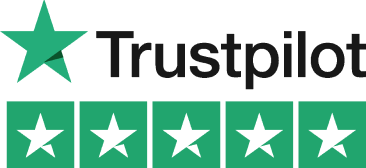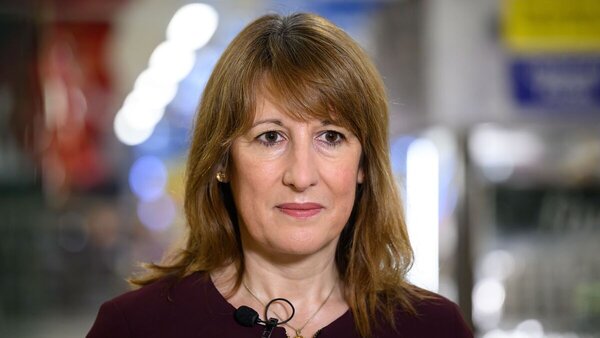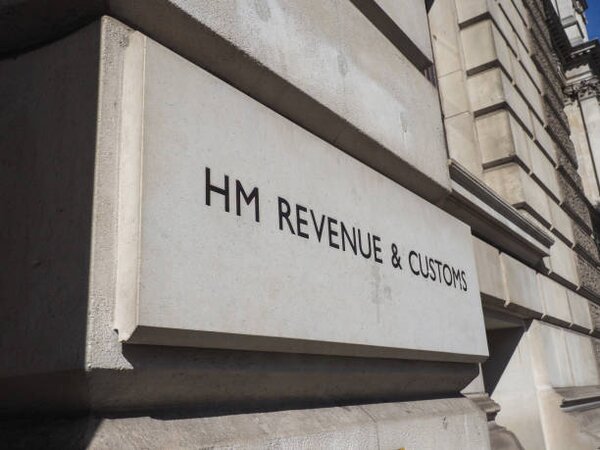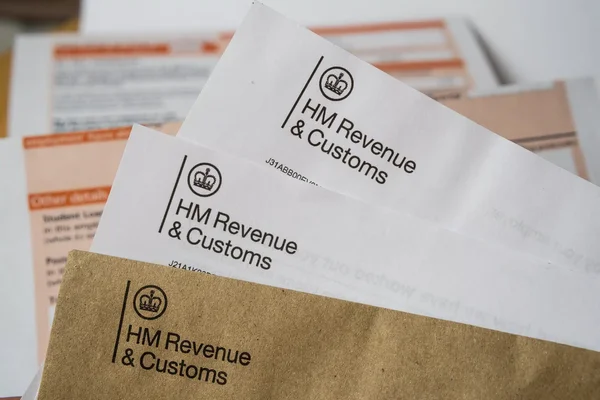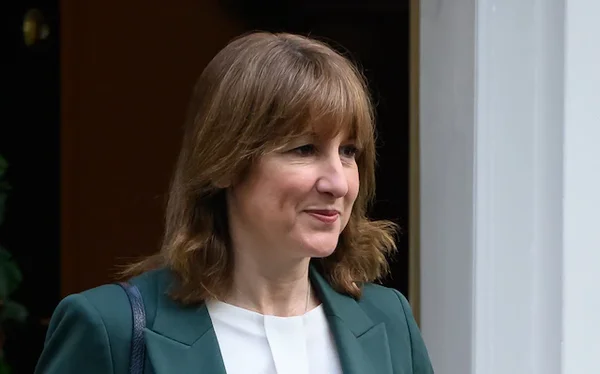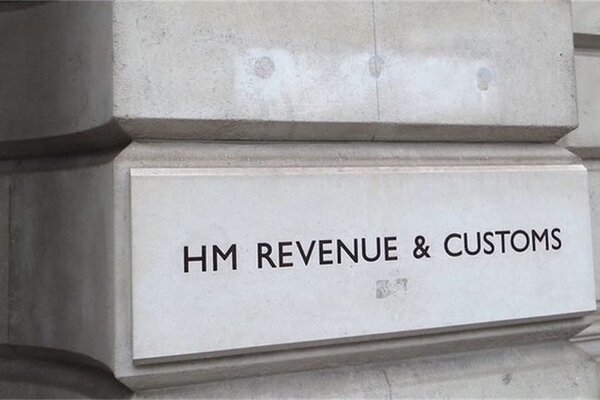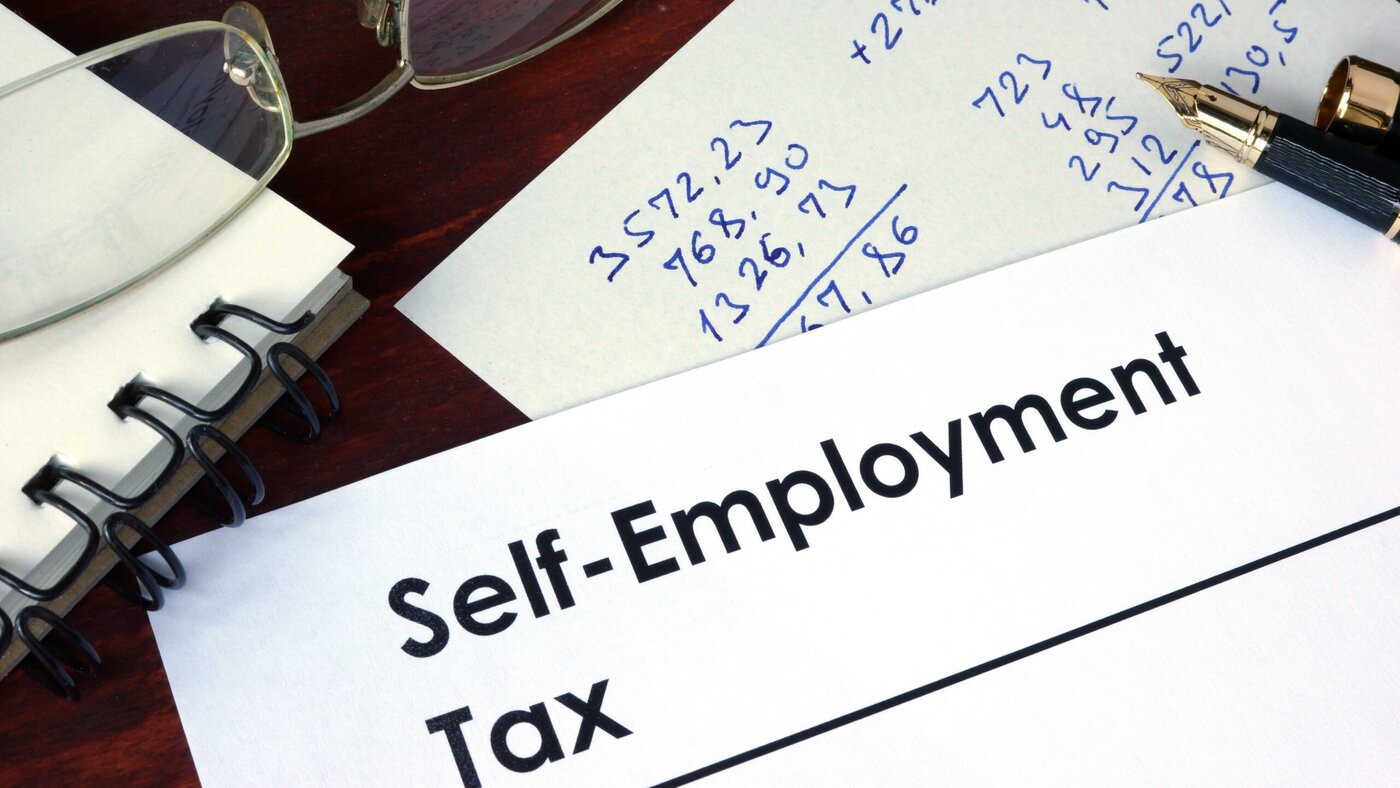
When Do the Self Employed Pay Tax?
Working for oneself can be exciting and gratifying but it is not without its challenges. One of the biggest is to make sure you are always current and accurate with your tax payments. As the vast majority of self employed persons pay tax through the self assessment system it is that system, and the key dates associated with self assessment, that we will cover in this brief guide.
When Do the Self Employed Pay Tax: An Overview and Explanation
The self assessment system was established by HMRC for the purposes of giving the self-employed a simple and reliable method of remitting their tax payments. HMRC currently provide two ways for the self-employed to make tax payments. They can choose to submit a written tax return, or they can take advantage of the government’s online self assessment portal that will automatically calculate tax liability and provide a mechanism for transmitting payment electronically. Most self-employed persons these days choose the second option.
Note that if you only earned a small amount of self-employment income you may be eligible for the trading allowance and will not have to complete a self assessment tax return. Also, the government has announced their intention to phase out paper returns entirely by 2026 through the “Making Tax Digital” initiative.
Important Dates to Know If You Are Self-Employed
First of all, the “tax year” is different from the calendar year. The tax year begins on April 6 and runs through April 5 of the following year. When you file a self assessment return you are reporting all taxable income you earned during that period.
Here are some other key dates the self-employed need to remember during any given tax year:
- October 5: You need to inform HMRC by this date if you need to complete a self assessment. You can do this by going to the HMRC site and registering for self assessment.
- October 31: If for some reason you opt to submit a paper return you must do so by this date.
- January 31: Those who choose to submit their taxes online through the self assessment portal must submit their return by this date.
- January 31: Whether you filed a paper return or you chose online self assessment, taxes owed on the previous tax year must be paid by this date.
Should you submit your tax payment late you will likely be assessed a penalty. You may be able to avoid the penalty if you have a reasonable excuse.
What if You do not Know Your Profit for the Entire Year?
There may be instances when a person does not know precisely how much they earned during the just ended tax year. This typically happens because…
- The person’s accounting period does not end when the tax year ends (April 5).
- The person’s accounting period is different than their base period.
- The person is awaiting valuations.
The fact that a person uses an accounting period that does not dovetail with the government’s tax year does not excuse them from having to make payments by the government’s designated dates. If a person is not sure what their taxable income will be for the tax year in question they will need to use provisional figures when filing their paper or digital return.
If you use provisional (temporary) figures when submitting your taxes you must inform HMRC you are doing so. They (HMRC) will then give you 12 months from the self assessment deadline to amend your return. If you owe more tax than you paid you can expect to pay interest on the additional amount. If you paid too much tax using your provisional figures interest will be paid to you.
If for whatever reason you did not pay self employment taxes that were owed on previous years’ income, submit your return and payment as soon as possible and be aware there will be penalties involved.
Conclusion
Whether you are a sole trader or investor making sure you are current with self employment tax filings and payments is crucial. Pie’s suite of powerful personal tax management tools were designed with the self-employed in mind and provide a simple and reliable method for calculating and submitting taxes.

